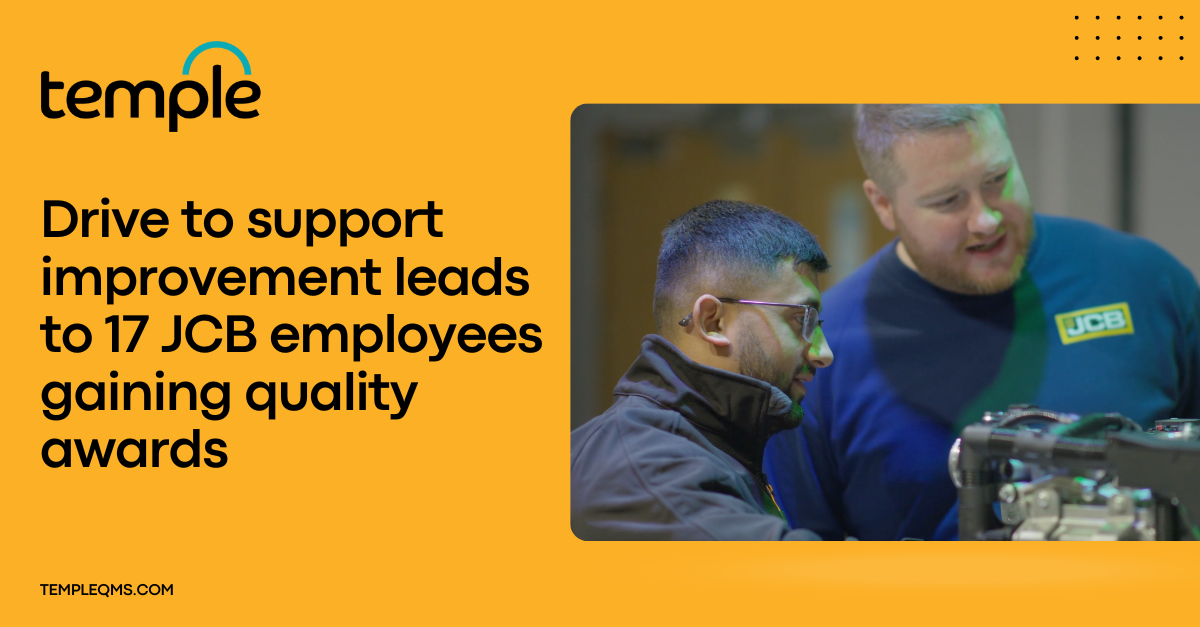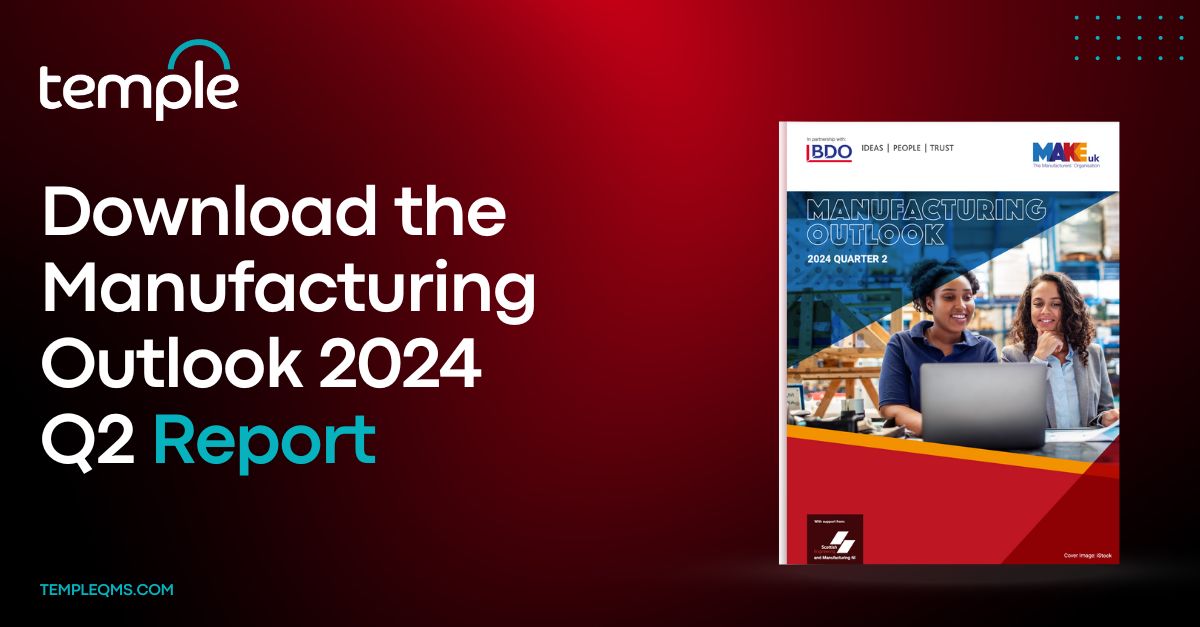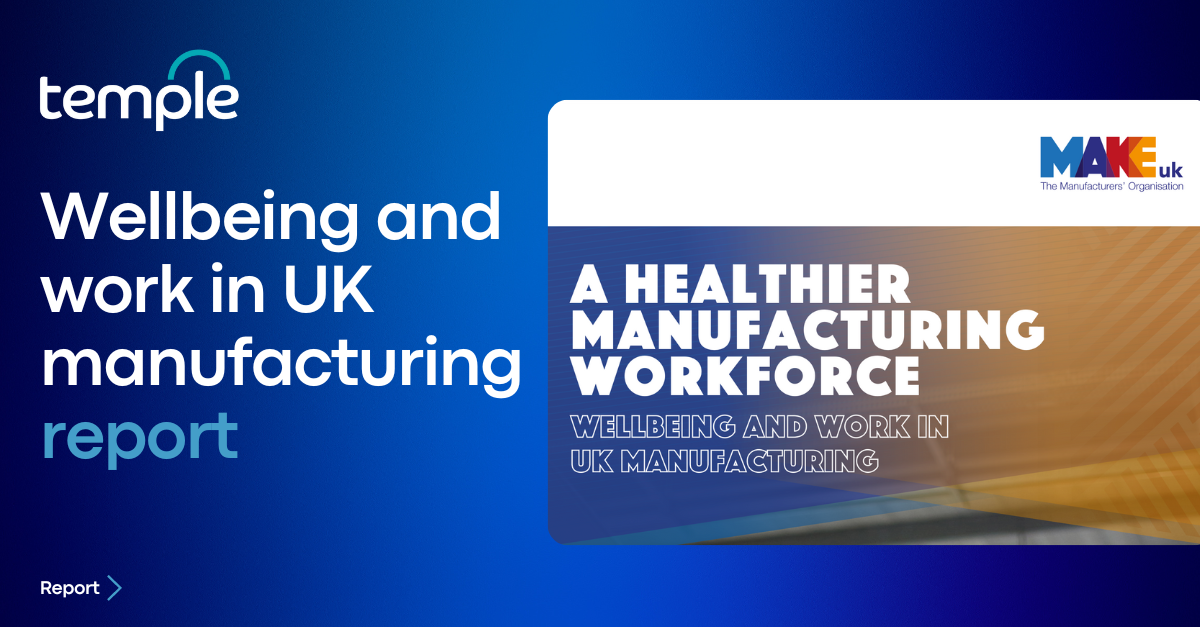The benefits of Environmental Health & Safety programs in terms of improving quality, attracting new talent, and ultimately improving profitability.
Traditionally, companies have been so focused on compliance regulations when it comes to Environmental Health & Safety (EHS) that they have failed to see the strategic value it can provide by improving quality, ensuring workforce safety, helping recruit new talent, and improving the bottom line. That’s changing, fortunately.
The Evolution of Environmental, Health, and Safety Management
During the Industrial Revolution, EHS management became necessary. As farms transitioned to factories, safety regulations became more important. As a result of an accidental leak at a Union Carbide pesticide plant in India in 1984, the call for regulations was reinforced. During its time, it was considered the world’s worst industrial accident. As a result of the disaster, employees and the public were made aware of the importance of processes and procedures.
In the same period, people began to express concerns about the environmental impacts of industrialization, including fossil fuel consumption, habitat disruption, and pollution releases. In response, the International Standards Organization (ISO) developed new guidelines for workplace safety as well as environmental protection.
There are many ISO standards that are well known and documented, such as ISO 14001, which specifies the requirements for establishing an effective environmental management system for companies; and ISO 45001, which specifies the requirements for providing safe and healthy workplaces. The same procedures and processes can also increase productivity, improve quality, and boost the bottom line.
The process of transforming EHS from a compliance requirement to a strategic initiative doesn’t simply involve making minor changes to decades-old processes. New processes, automation, and training are required to create a safety culture across the enterprise.
Automating environmental, health, and safety processes
For years, one supplier completed its monthly safety inspection reports completely on paper, then sent them to a third-party vendor for processing and entry into an online system as a core component of an effective EHS program. Organizing and replicating that process alone, across a thousand retail locations involving hundreds of employees, was astronomically expensive and inefficient. For more accurate safety reporting, the company added mobile capabilities with real-time notifications and insights that automate the inspections.
The company saved tens of thousands of dollars by automating this inspection process. By using a mobile device, employees can now perform inspections without having to return to a computer to scan documents or mail paperwork. In addition, it resulted in significant efficiency gains for inspection teams. Data collection, mailing, and data entry processes are eliminated, resulting in more timely insights and the ability to react more quickly.
With the ability to centralize the data and customize it at a regional level, inspections could be adjusted quickly, resulting in a more granular set of safety inspections for each location. Additionally, it enabled better analysis and insight into key trends that could impact safety. Automation of EHS processes increased the company’s confidence in its safety risk profile and allowed them to make informed decisions in real-time, in addition to improving compliance, cost and productivity.
In your organization, how can EHS be transformed from a compliance requirement into a strategic initiative? Follow these four steps:
-
Make leadership a priority. Any business initiative must have top-down support to succeed. Creating an organizational EHS vision is the first step. In order for safety compliance to be a success, it cannot simply be a marketing slogan or a talking point. EHS must be embraced by managers as a core corporate tenant to enable them to develop actionable strategies and tactics. Leaders will be able to better understand the value beyond compliance if they can identify specific examples where safety has already had a positive impact.
-
What you can control, you should. Controlling and mitigating risks is one of the biggest responsibilities of any EHS department. Each job should be broken down into its operational steps, and each step needs to be analyzed for potential safety hazards, the likelihood that those hazards will occur, and preventative measures. In addition to workplace injuries, safety incidents encompass a wide range of incidents that may occur, such as leaving tools inside a machine that could be damaged, dropping an item on the floor that may shatters, and more. It allows you to assign overall risk ratings to jobs and identify hazards before they occur by integrating with a risk assessment tool.
-
Put your trust in data. Data, processes, and workflows related to EHS are increasingly integrated into quality management systems, empowering corporate leaders to make better strategic decisions in real time. They cannot only achieve ISO compliance, minimize workplace hazards, and support strategic sustainability goals by doing so, but they also drive quality excellence and create value.
-
Make reporting a priority. In order to reduce the chance of reoccurrence, create a central location where all incidents and accidents are recorded, investigated, and dealt with. Utilize templates to submit safety reports to agencies like OSHA and automate incident reporting with an EHS system. In addition to reducing overall risk, broad visibility can benefit employees, customers, and the organization by encouraging suggestions for improvement.
Increasingly, organizations are placing EHS at the top of their enterprise business objectives, according to LNS Research. However, for too long, EHS goals have been viewed simply as operational compliance concerns. In addition to enhancing the safety of their workforce, locations, and customers, companies can build their brand’s integrity and the financial strength of their organization as well by committing to EHS.





